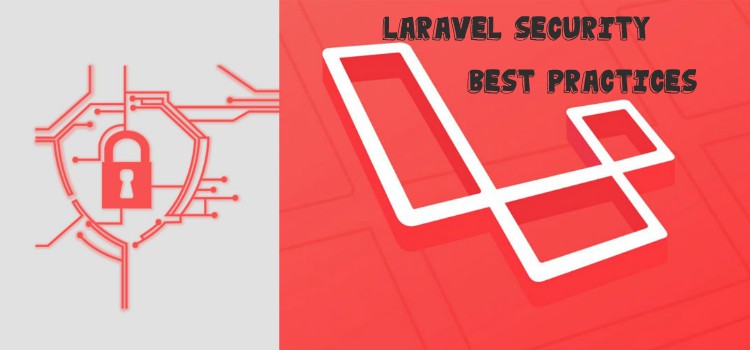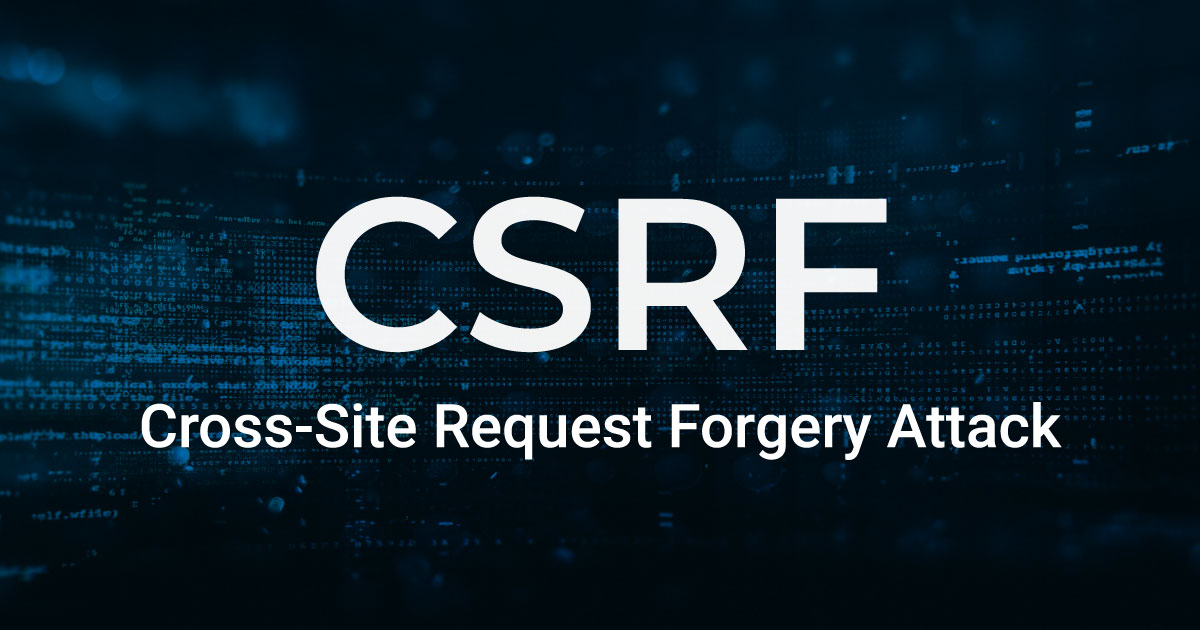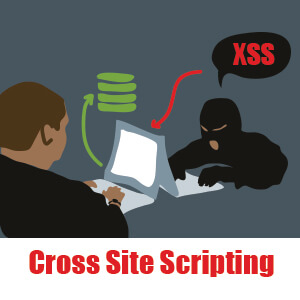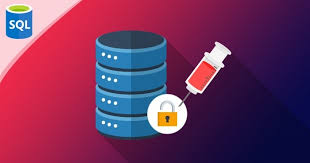by Advance Idea Infotech

Laravel is known to be a secure PHP framework for creating websites and applications. Those with a need for high levels of protection often choose Laravel. We will review the key Laravel security features that will help you keep your website and business safe.
You might also like: Ultimate PHP Security Best Practices
Laravel’s security feature ensures that developers can now use virtually every aspect of the process safely. Furthermore, all the data involved in the process is sanitized wherever needed, which means the platform safeguards against common vulnerabilities.
Laravel already has a robust user authentication process in place with the associated boilerplate code available in the scaffolding.
Laravel uses “providers” and “guards” to facilitate the authentication process. The purpose of “guards” is to authenticate users for each request they make, while “providers” facilitates to retrieve back the users from the database.
As a developer, all you have to do is to set up the database, controllers and models. During the process, authentication features are built into the app.
Laravel typically uses CSRF tokens to make sure that external third parties couldn’t generate fake requests and should not breach the Laravel security.

For this, Laravel automatically generates CSRF token for each active user session. When the request is invoked then Laravel compares the request token with the previously saved token in the user’s session. If the token is mismatched then the request is considered as invalid and it terminates the execution. Also, whenever you define an HTML form in your application, you must include a hidden CSRF field so that the CSRF protection middleware will take care of the rest.
In the latest Laravel version, they have created a new Blade directive @csrf to generate the token field.
For Example,
<form method=”POST” action=”/product”>
@csrf
....
<form>
Cross-site scripting (XSS) allows attackers to inject malicious scripts into the content of trustworthy websites. These scripts travel with dynamic content to the user’s browser and are executed there. In this way, attackers take advantage of vulnerabilities in a website that a user visits.

Consider the scenario where a blogging platform allows users to post comments on blog posts. Now in this scenario, a user with malicious intent enters the following JavaScript code in the comments:
<script>alert( " You are hacked " )</script>
Now if there is no XSS protection in place the Laravel vulnerabilities will increase, as the JavaScript will execute every time the page reloads. While the example code is not malicious in itself, it is the perfect example that demonstrates the full extent of this attack.
Laravel offers native support that protects the code from XSS attacks. The feature kicks in automatically and protects the database in the process. As a result, any code that contains escape tags is outputted as HTML, as shown below:
<script>alert( " You are hacked " )</script>
SQL Injection (SQLi) is a hacking technique where malicious SQL statements are inserted into an entry field and executed. This gives attackers control over the database. They can modify, disclose or delete the data — up to and including wiping the entire database.

Laravel uses the Eloquent ORM (object relational mapper) that does not allow malicious query data to pass through your forms. Due to PDO parameter binding, Eloquent ORM escapes these SQL commands and saves the invalid queries as text.
Consider the example of the form used to collect users’ email address from a database. the form will search for an email address, for instance, “abc@example.com”. Now imagine that the SQL query is modified to:
SELECT * FROM users WHERE email = ' abc@example.com ' or 1=1
In the above example, 1=1 is a simple logical expression that always evaluates to be true. If it is attached to the above query with the OR condition, the query will fetch all records from the table because the SELECT condition will evolve to be true.
Now consider another improvisation of the attack in which the query is modified directly to the command “drop table users” and instead of the email address, “abc@example.com” is written. The query will look like:
SELECT * FROM users WHERE email = ' abc@example.com ' ; drop table users ;
When this query is executed, the table “users” will be removed from the database.
When the PDO parameter binding is in place, the input is in quotes and the query will look like:
SELECT * FROM users WHERE email = ' abc@example.com or 1=1'
Since no records will match with either the email or the “1=1”, the query will not return anything.
Laravel provides other ways of talking to databases, such as raw SQL queries. Yet, Eloquent remains the most popular option. Learning how to use the ORM because it helps prevent SQL injection attacks caused by malicious SQL queries.
Thanks to the inbuilt Laravel security features, the framework is already much more secure than other PHP framework. However, there are a number of things you could do to make your Laravel code more secure.
These few things allows you to make your application risk-free from all the possible code attacks and enhances its security to the greater extent.
Laravel uses PDO binding to prevent SQL injection attacks because no variable gets pass on to the database without validation. Developers, however still opt for raw SQL for various reasons.
If this is the case with you, you should always use well prepared SQL queries to prevent mishaps. Consider the following statement that looks ripe for SQL injection:
Route::get ( ' this-is-prone-to-sql-injection ' , function ( ) {
$name = " ' Pardeep ' OR 1=1 " ;
return DB : : select (
DB : : raw ( "SELECT * FROM users WHERE name = $name " ) ) ;
} ) ;
Here the statement 1=1used in the OR condition will result in returning all the rows in the users table. This can be prevented by using the following code instead:
Route : : get ( ' safe-from-sql-injection ' , function ( ) {
$name = " ' Pardeep ' OR 1=1 " ;
return DB : : select (
DB : : raw ( " SELECT * FROM users WHERE name = ? " , [ $name ] ) ) ;
} ) ;
Laravel replaces the question marks with the query variable, automatically escaping the input variables. This protects the code from SQL injection attacks.
When you deploy your website on HTTP, all the data exchanged including passwords and others are sent in plain content. Thus could be easily stolen by anyone in between the transmission. So to keep this information safe, always deploy your web applications on HTTPS to safeguard its sensitive information.
You could simply setup SSL certificate on your website by getting little assistance from any Laravel developer who will shift your application from HTTP to HTTPS easily. While to hide certain routes, you could use the below defined filter which will redirect users to a secured route.
Route : : filter ( ' https ' , function ( ) {
if ( ! Request : : secure ( ) )
return Redirect : : secure ( URI : : current ( ) ) ;
} ) ;
To avoid XSS attacks you should be using the double brace syntax in the blade templates: ({{ $variable }})
Only use this {!! $variable !!} syntax when you are sure that the data in the variable is safer to be displayed.
The double curly braces in Laravel ensures that no raw HTML is yielded to the customer, however if you want to yield some HTML variable to your customer from your database, then you can utilize HTML Purifier which is an all-round kept up instrument that will tide up your code and will deal with omitted and missing HTML codes.
Laravel offers several packages to enhance the security of its applications. While i can not discuss all of them, i will mention the most popular security focused Laravel packages:
Laravel Security Component: Laravel security component mainly provides security for the roles/objects and integrates Symfony security core in Laravel. It uses voters to check role based privileges to different roles, so could validate its security.
Laravel Security: Laravel security is one of the most frequently used packages and is known for removing XSS vulnerabilities in the codebase. It has been ported from Codeigniter 3 into Laravel 5.
Laravel-ACL: Laravel-ACL provides role based secured permissions to the Laravel authentication process. The package helps protecting routes and CRUD controller methods in the applications.
This is most important Laravel security features. Remember this all features and apply on your next PHP application so you save your website from attackers.
Your email address will not be published. Required fields are marked *